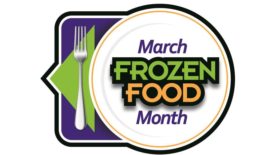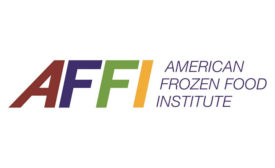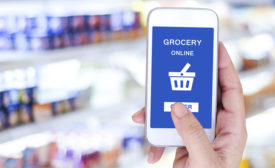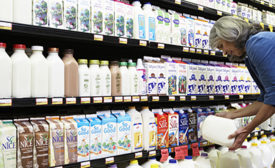Home » Keywords: » grocery shopping analytics
Items Tagged with 'grocery shopping analytics'
ARTICLES
Among the major departments that Circana tracks for PLMA Refrigerated was ahead 16% followed by Frozen at 8%.
Read More
Dairy and Frozen Foods Combine for $125 Billion in 2019
State of the Industry Report from NFRA/Nielsen shows YOY growth in both segments.
February 25, 2020
Report: U.S. grocery store openings increased 30% in 2018
By focusing their tech advancements around flexibility and convenience, grocers are positioned to have a strong 2019 in both physical and digital retail.
March 29, 2019
Report details key factors for growth in online grocery market
Online sales of groceries more than tripled between 2013-2018, but still accounted for only 2% of total grocery spending.
March 22, 2019
Alliance Retail Group, RSA America partner to promote supermarket technology
This strategic partnership will benefit members and vendors alike.
March 20, 2019
Report: 79% of consumers want personalized in-store experience
Today’s online shoppers are accustomed to features such as product reviews, expansive merchandise choices, one-click transaction processing and personalized recommendations.
February 8, 2019
Grocery e-commerce survey reveals consumers shopping both online and in store
Conventional grocery remains the most frequent grocery channel.
December 12, 2018
Study: Grocery shoppers expect more from packaging in 2019
The study shows 68% of grocery shoppers say it is extremely or very important "to choose foods or beverages that are packaged responsibly."
December 5, 2018
Get our new eMagazine delivered to your inbox every month.
Stay in the know on the latest food and beverage manufacturing markets.
SUBSCRIBE TODAYCopyright ©2024. All Rights Reserved BNP Media.
Design, CMS, Hosting & Web Development :: ePublishing







